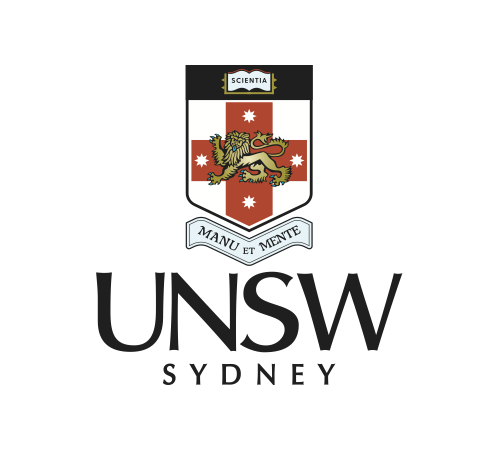Dr Matt Baker's research group in the School of Biotechnology and Biomolecular Science (BABS) currently focuses on two streams of research:
- The structure and function of the bacterial flagellar motor to ascertain how the motor arose.
- Using DNA nanotechnology to control transmembrane communication.
- Understanding how proteins sense force. We investigate the conformational rearrangements that occur during sensing and activation of mechanosensitive channels. In particular we focus on the medically relevant channel PIEZO1, whose dysfunction causes the blood disorder xerocytosis and whose function is critical to cancer progression and post traumatic arthritis.
Research Projects
Prospective students or staff interested in joining my team please contact me via email (below) or twitter on @phatmattbaker to discuss. We are currently looking for researchers to join the following three projects:
Evolution across interfaces
We explore the directed evolution of the flagellar motor in the lab by evolving it to swim under different energy sources and selecting for motility. Recent work in antibiotic resistance by Michael Baym has shown that the resistance of antibiotics occurs in lockstep when progressing through 10-fold increases in antibiotics. We aim to explore how motility can evolve across interfaces, when a bacterium faces a change in environment between, for example, H+ and Na+ environments, and how the bacteria adapts to dwindling nutrient across this interface. This project has scope for designing and building custom tanks to optimise bacterial evolution using 3D printing and prototyping, as well as investigating microbiology and bacterial motility in multiple dimensions using layered swim devices. We are recruiting for Honours and PhD students commencing in 2021.
Mechanism of mechanosensing in PIEZO1
Droplet Hydrogel Bilayers constitute the only method capable of simultaneous single channel current and fluorescence measurements. They have been used to characterise the functionality of alpha-haemolysin for use in nucleobase recognition in DNA sequencing and they have been arranged in multiple arrays to parallelise high throughput channel measurements. We recently established this platform in Australia to apply force and measure the mechanosensitive response MscL in custom bilayers.
We are now using this platform to investigate the force sensitive ion channel PIEZO1, in which single point mutations cause blood disorders such as xerocytosis and which is generally linked to cancer progression and post traumatic osteoarthritis. Our next goal is to combine fluorescence with electrophysiology using double labelled PIEZO1 constructs for localisation and single molecule FRET. This project would suit an Honours or PhD student that was keen to get involved with electrophysiology, single molecule fluorescence, microscope design and protein modelling.
Regulation of Membrane Protein Insertion in Artificial Bilayers using DNA Origami
Our droplet hydrogel bilayer system is an artificial bilayer system for interrogating membrane proteins, but it also allows us to explore new forms of synthetic biology where we can add individual protein function to a droplet such as touch sensitivity or light sensitivity. Using a novel DNA origami structure we can protect and controllably release our blocking DNA structures, known as DNA caltrops, to regulate the insertion of membrane proteins into these droplets. This allows us to trigger each functionality, on demand, using a small DNA ligand which removes the DNA caltrop from the proteoliposome. We are looking for Honours or PhD students who have an interest in DNA origami design, synthetic biology, and artificial cells to learn across the interface of engineering and biology.
Origins and Adaptation of Early Bacterial Flagellar Motors
The bacterial flagellum is a tiny spinning motor that bacteria use to swim. It is made of over 20 different kinds of proteins that self-assemble to produce a “tail” that is powered by the flow of protons or sodium ions through the bacterial membrane. It is often described as an amazing piece of nanotechnology.
The evolutionary origins of the bacterial flagellum have been a subject of scientific and public controversy – how can evolution produce such a complex system? We believe we can make progress on the issue by updating old phylogenetic work with new datasets and improved models, and combining this with experimental evolution work being done in our labs.
The project will be to assemble a well-organized database of flagellar proteins and explore sequenced bacterial genomes with genome browsers and sequence-similarity searches. The student will identify flagellar proteins and their evolutionary relatives, including recording their position in the genome. The student will also plan and conduct phylogenetic analyses.
Skills: The main skill is enthusiasm for the topic (evolution and/or biochemistry). We can teach the general background in biology and evolution and key skills regarding use of Genbank, sequence searches, genome browsers, programming in R and use of Excel/databases.
